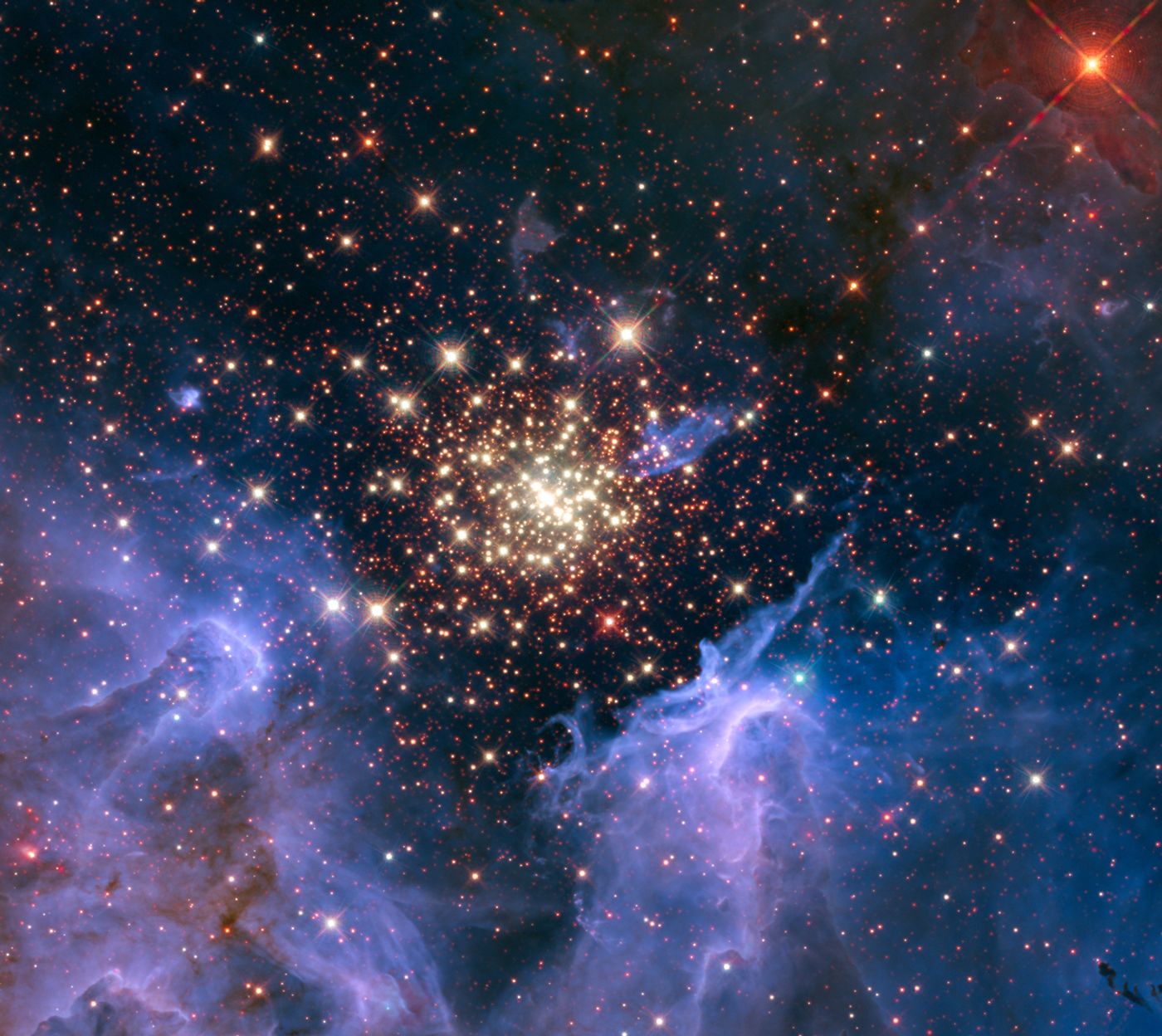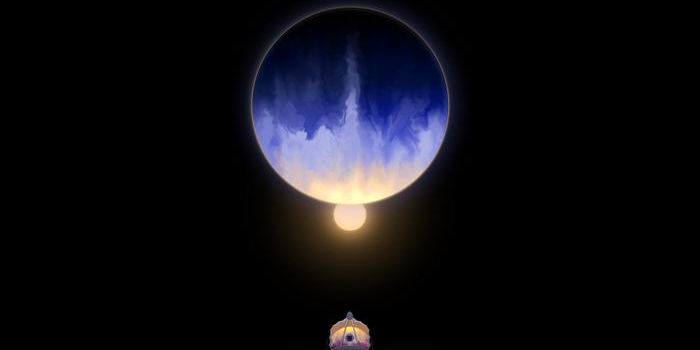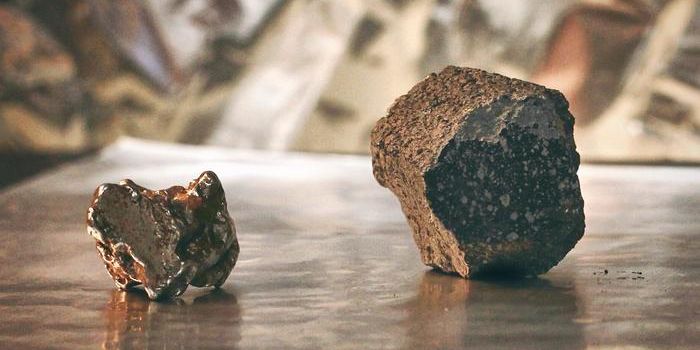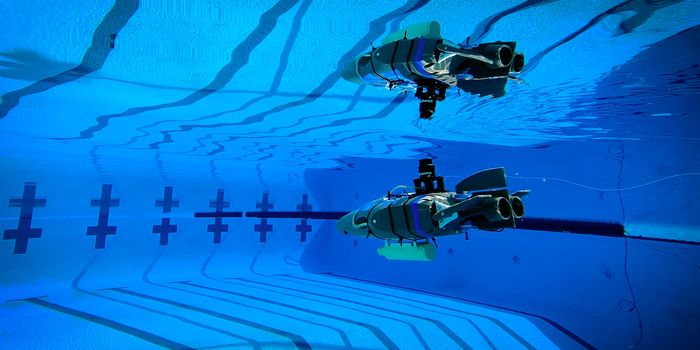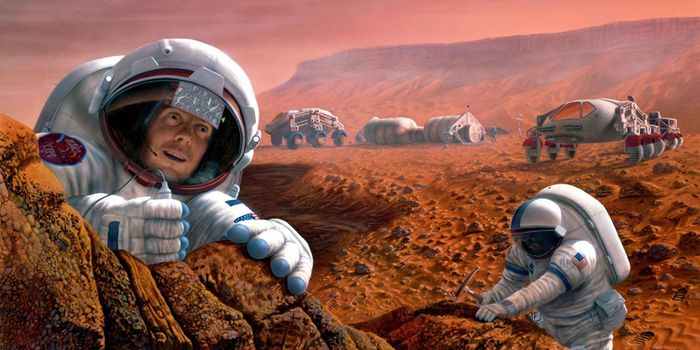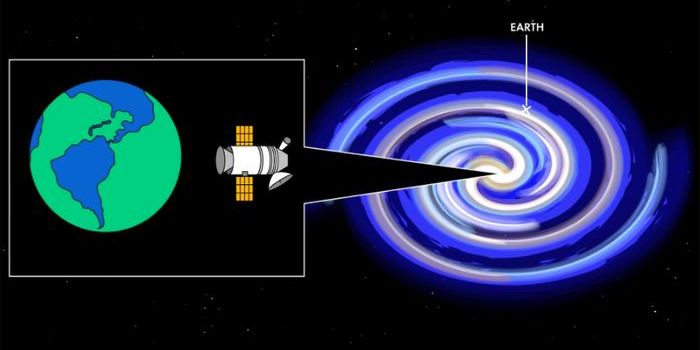What is Cosmic Radiation?
Labroots recently covered a hibernation study that examines how this technology can potentially protect future astronauts from cosmic radiation during long-term spaceflight. But what exactly is cosmic radiation, and what steps can be taken to mitigate the risks it poses to future astronauts?
Cosmic radiation is exactly what it sounds like, as it is radiation emanating from space that is constantly hitting the Earth. While this radiation can be lethal, we are protected on Earth by the majority of this these deadly particles thanks to both our ozone layer and magnetic field, the latter of which deflects the majority of the radiation away from the planet, and some end up at our poles displaying as auroras. Per the Environmental Protection Agency (EPA), the average person on Earth gets about 5% of their annual radiation exposure from cosmic radiation, primarily because of the aforementioned planetary protections.
However, while we are largely protected here on Earth, astronauts up in space aren’t so lucky, as they are often exposed to the radiation equivalent of 150 to 6000 chest x-rays, and this gets worse the farther away they venture from Earth. Long-term health risks from too much cosmic radiation can lead to degenerative diseases, effects on the central nervous system, and even cancer.
These potential risks will only increase as we start sending astronauts back to the Moon and on to Mars, especially since neither of those planetary bodies lacks both an ozone and magnetic field to shield the astronauts.
Thankfully, the space industry is taking these risks very seriously, as several studies have come out over the last few years examining how the risks of cosmic radiation can be mitigated for future astronauts on long-term space travel beyond low Earth orbit.
Cosmic radiation is just one of many risks that future astronauts will endure when they go back to the Moon and on to Mars, but the rights steps could ensure they live long and healthy lives when they return to Earth.
Sources: Labroots, Environmental Protection Agency, NASA, Eureka Alert
As always, keep doing science & keep looking up!
